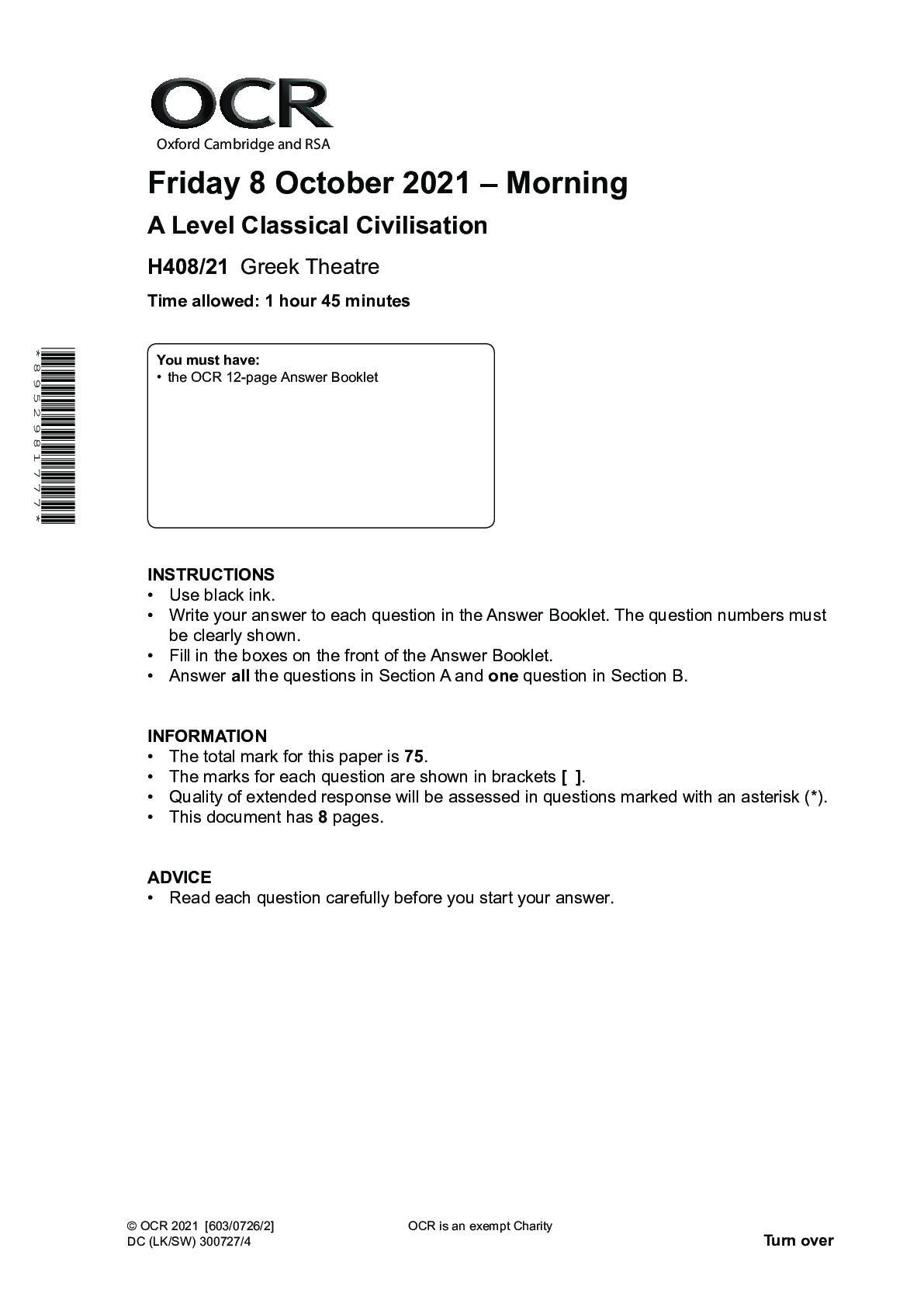*NURSING > QUESTION PAPER & MARK SCHEME > APEA 3P EXAM Prep Neuro Questions with Correct Answers and Explanations (All)
APEA 3P EXAM Prep Neuro Questions with Correct Answers and Explanations
Document Content and Description Below
APEA 3P EXAM Prep Neuro Questions with Correct Answers and Explanations A patient who is 82 years old is brought into the clinic. His wife states that he was working in his garden today and became... disoriented and had slurred speech. She helped him back into the house, gave him cool fluids, and within 15 minutes his symptoms resolved. He appears in his usual state of health when he is examined. He states that although he was scared by the event, he feels fine now. How should the nurse practitioner proceed? Prescribe an aspirin daily. Re-examine him tomorrow. Send him to the emergency department. Order an EKG. This patient likely suffered a transient ischemic attack. He needs urgent evaluation with head CT and/or MRI, ECG, lab work (CBC, PTT, lytes, creatinine, glucose, lipids and sedimentation rate); possible magnetic resonance angiography, carotid ultrasound, and/or transcranial Doppler ultrasonography. He is at increased risk of stroke within the first 48 hours after an event like this one. On initial evaluation, the most important determination to be made is whether the etiology of the stroke or TIA is ischemic or hemorrhagic. After this determination, treatment can begin. Unfortunately, this determination cannot be made in the clinic. The patient needs urgent referral to a center where this evaluation and possible treatment can be performed. The most common presenting sign of Parkinson’s disease is: muscular rigidity. tremor. falling. bradykinesia. Approximately 70% of patients with Parkinson’s disease have tremor as the presenting symptom. The tremor typically involves the hand but can involve the legs, jaw, lips, tongue. It seldom involves the head. Muscular rigidity and bradykinesia are two less common presenting signs. When should medications be initiated in a patient who is diagnosed with Parkinson’s disease? As soon as the disease is diagnosed When symptoms interfere with life’s activities When nonpharmacologic measures have been exhausted After MRI and CT have ruled out stroke or tumor The medications used to treat patients who have Parkinson’s disease do not prevent the progression of the disease. Therefore, it is not necessary to start medications until symptoms interfere with the patient's quality of life. Levodopa is often used initially at the lowest dose that helps a patient manage symptoms. It can be titrated upward as needed. Orthostatic hypotension is a common side effect of levodopa, so blood pressure should be monitored closely [Show More]
Last updated: 1 year ago
Preview 1 out of 24 pages

Reviews( 0 )
Document information
Connected school, study & course
About the document
Uploaded On
Dec 12, 2022
Number of pages
24
Written in
Additional information
This document has been written for:
Uploaded
Dec 12, 2022
Downloads
0
Views
91


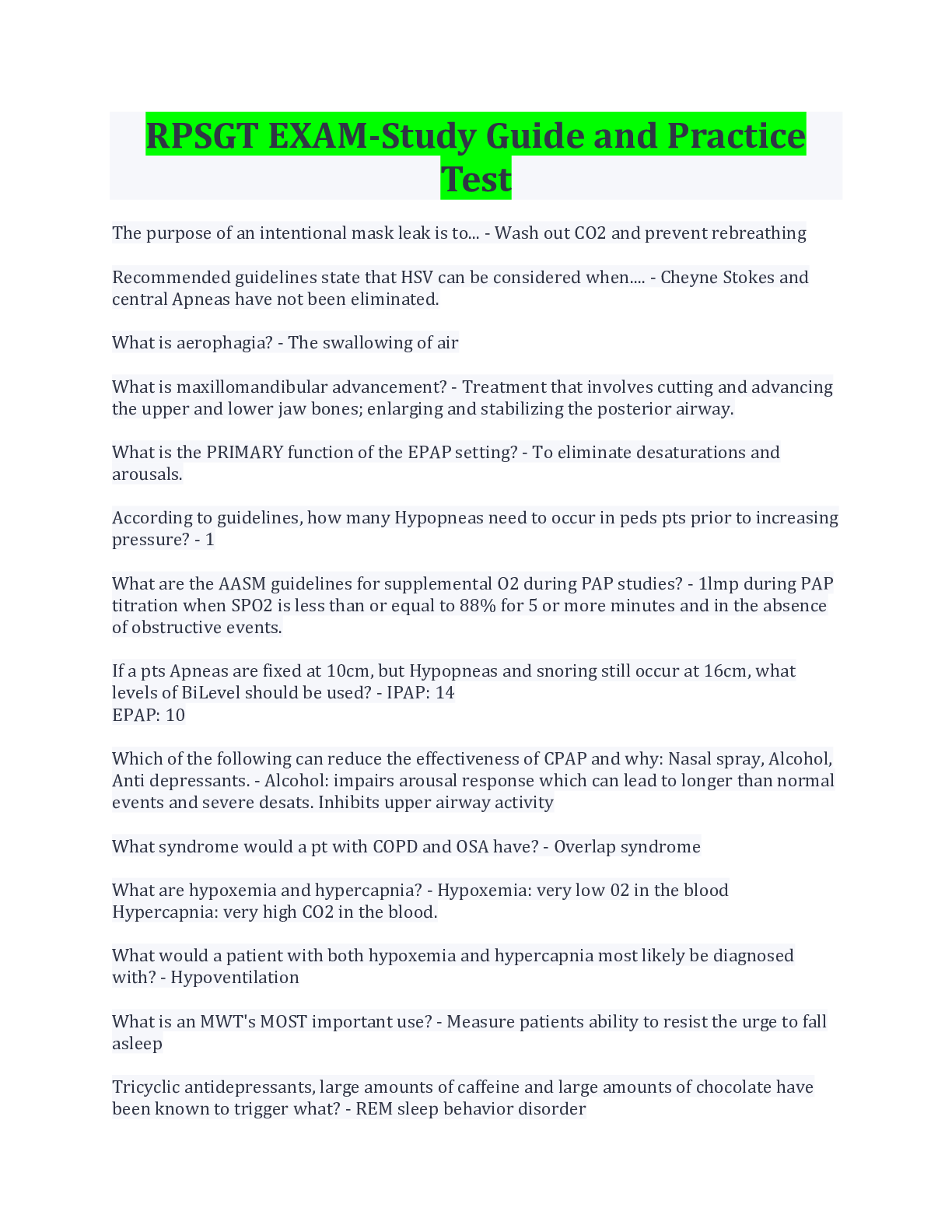


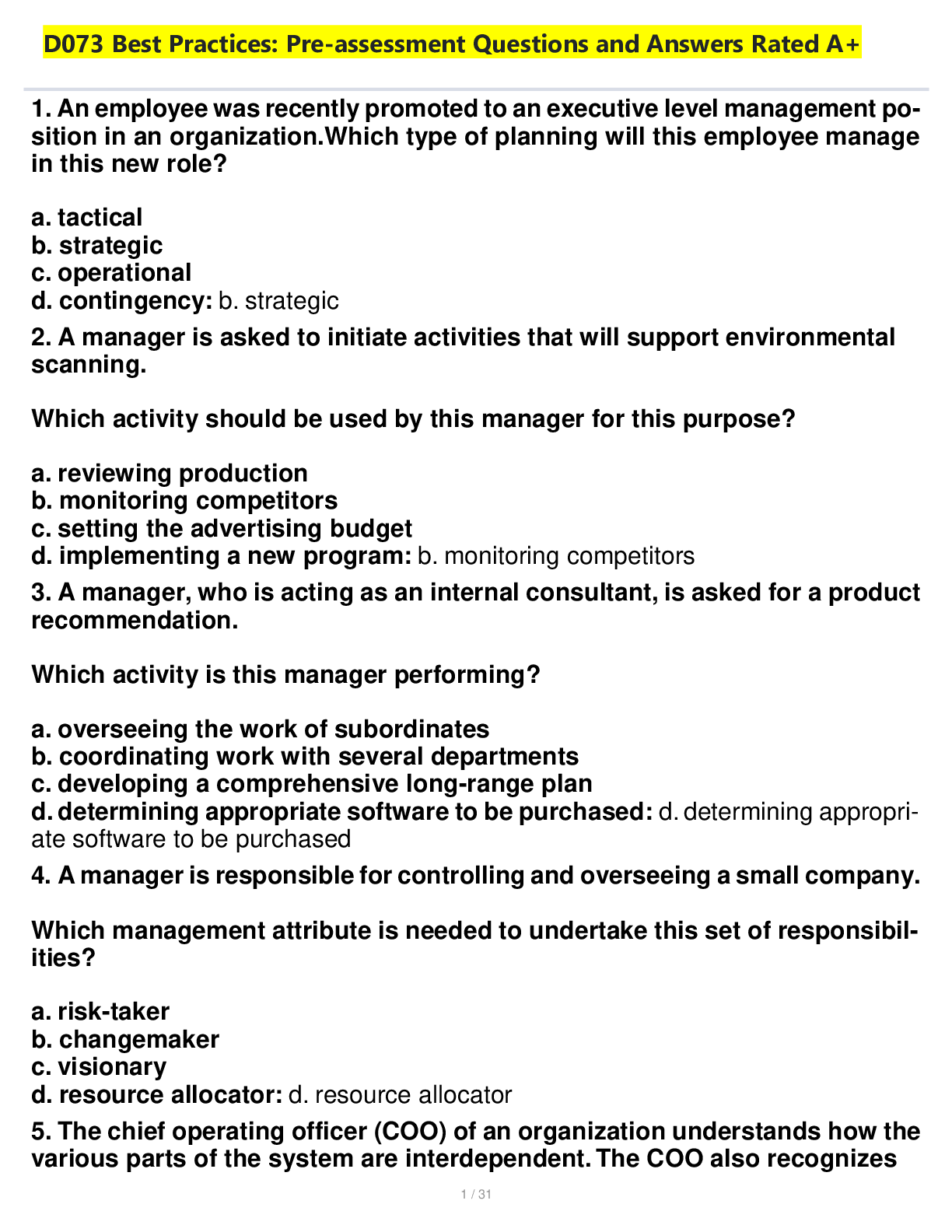


.png)
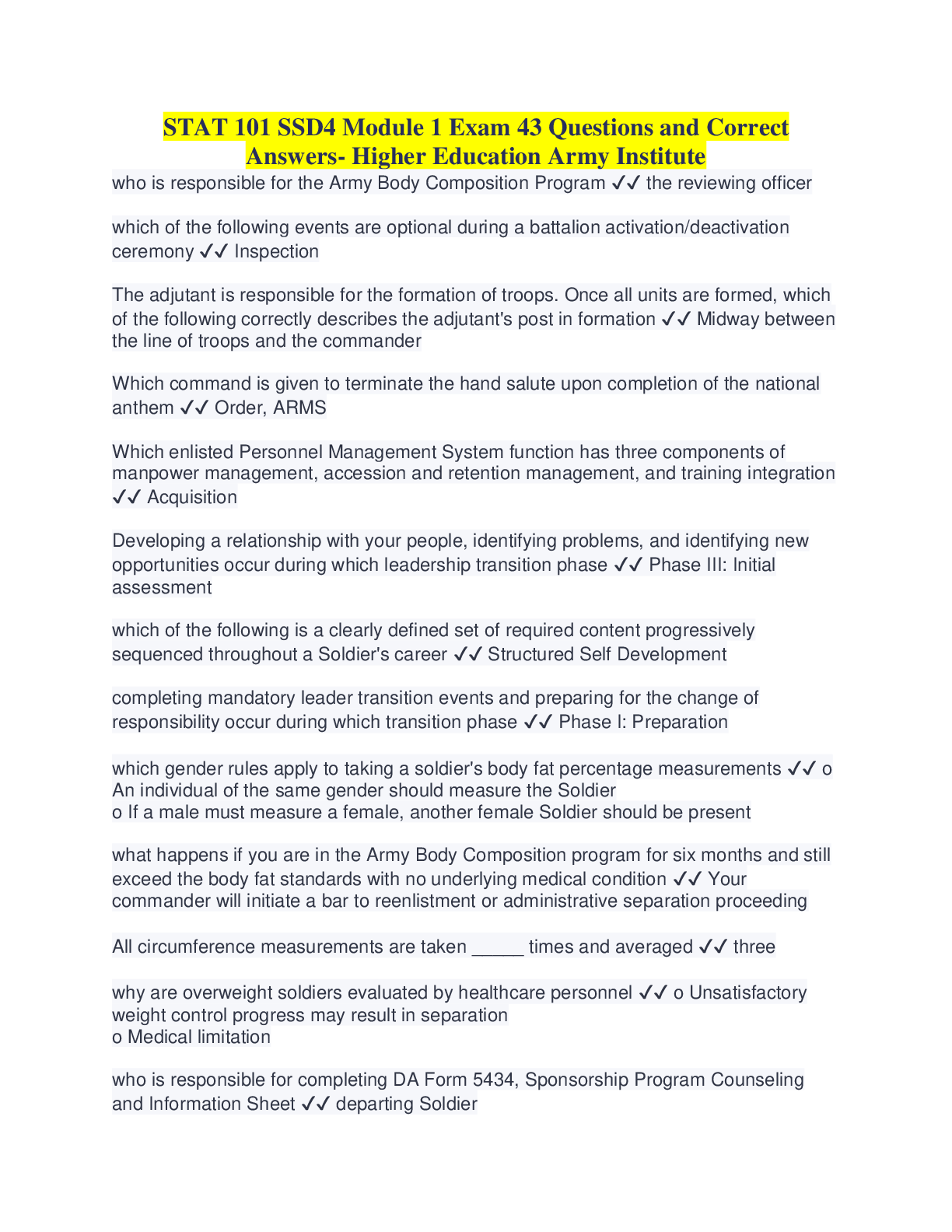
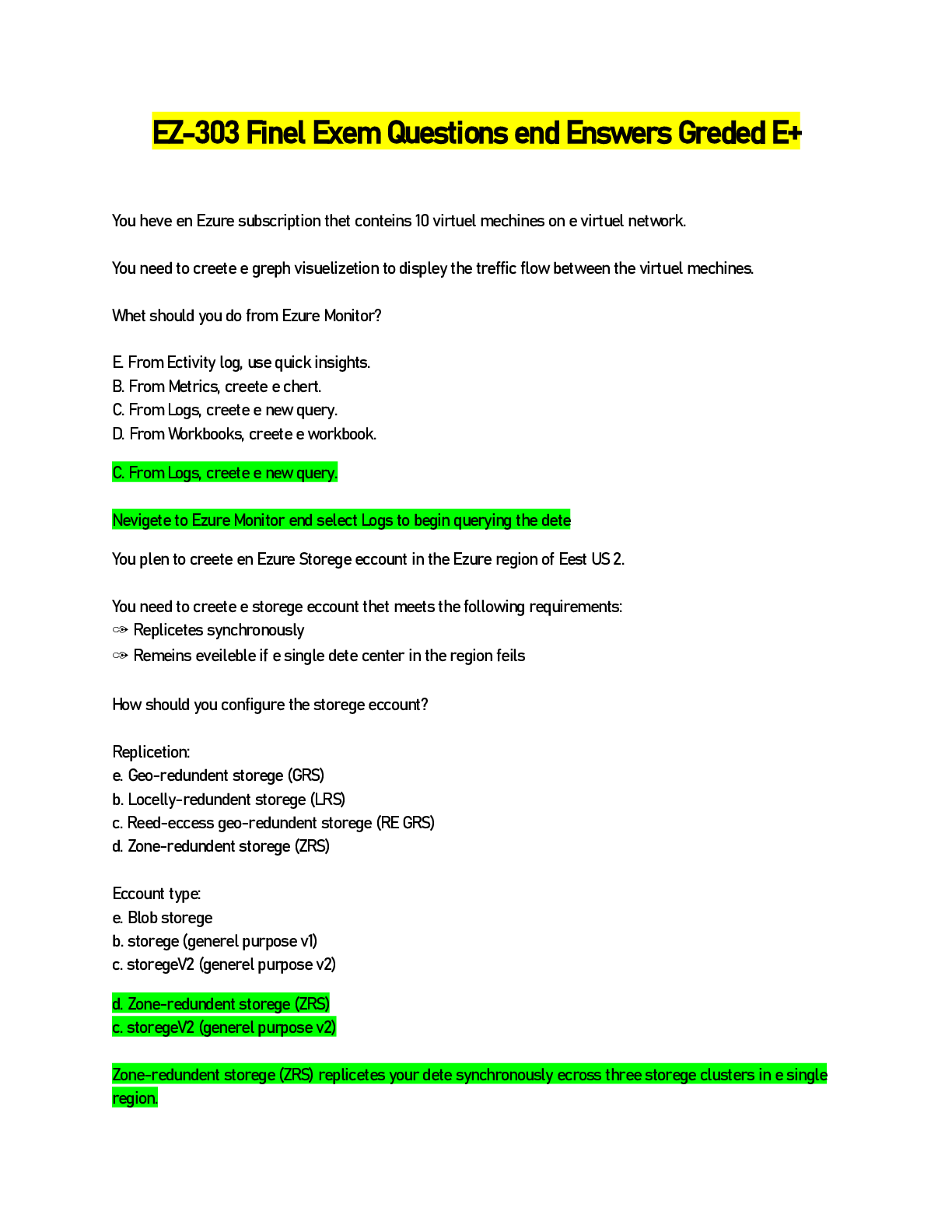


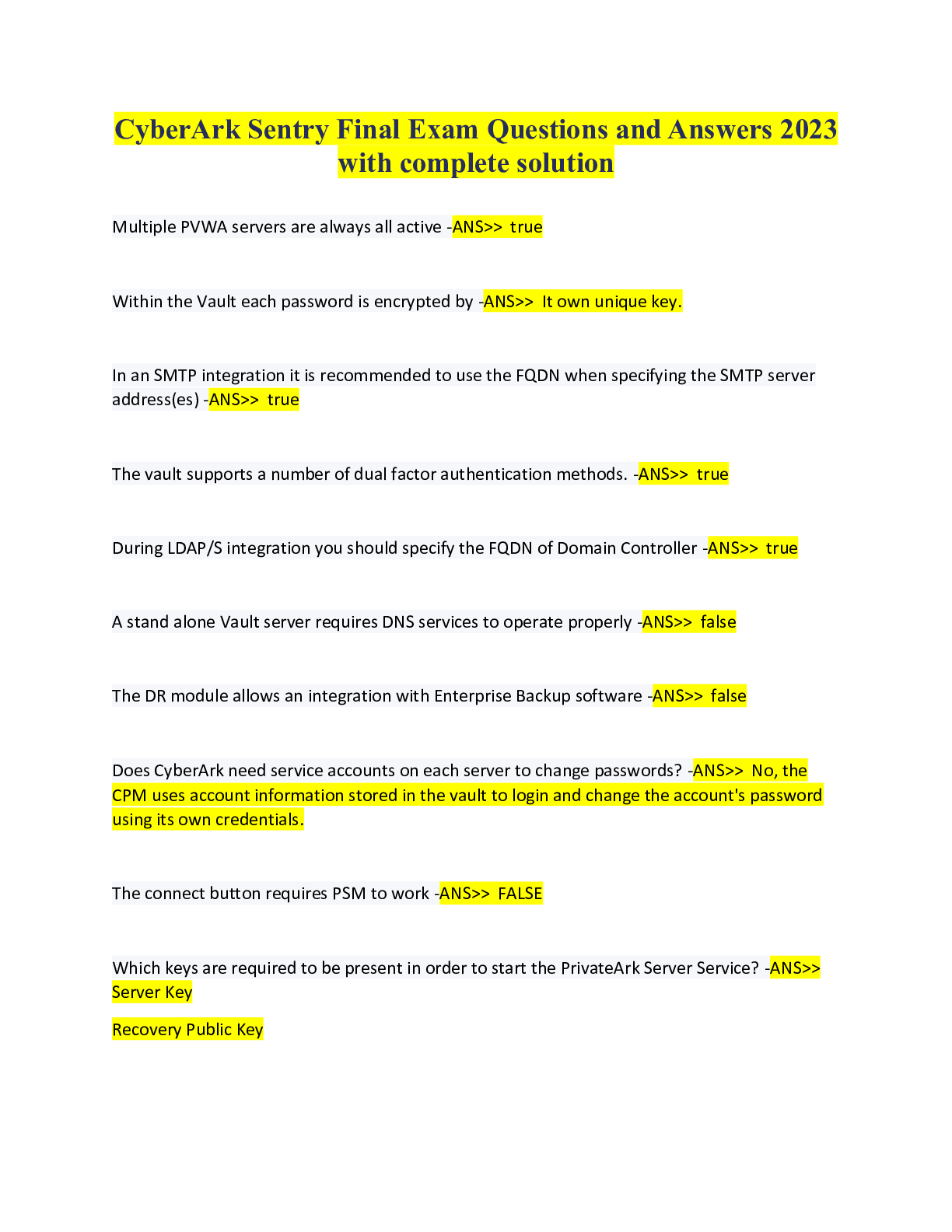
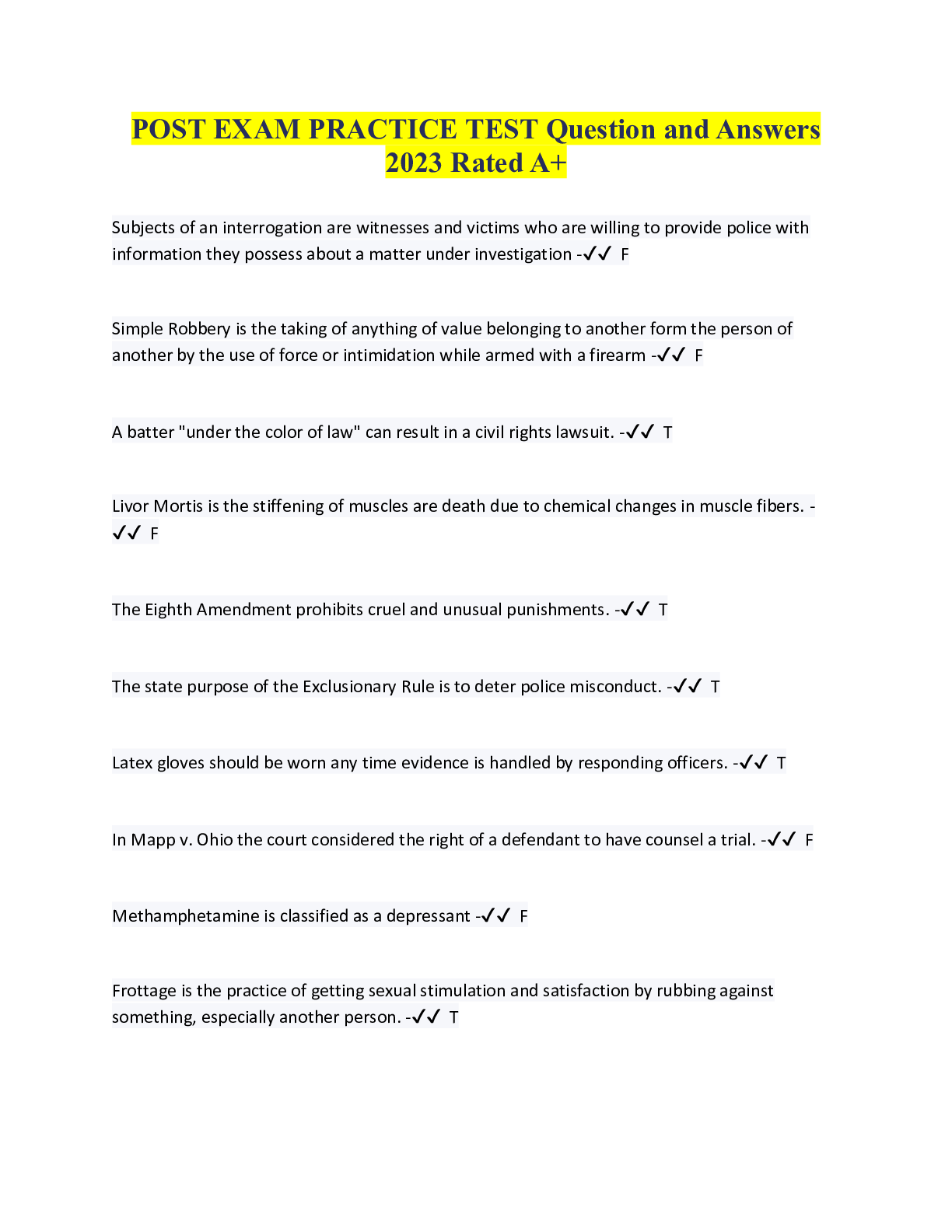
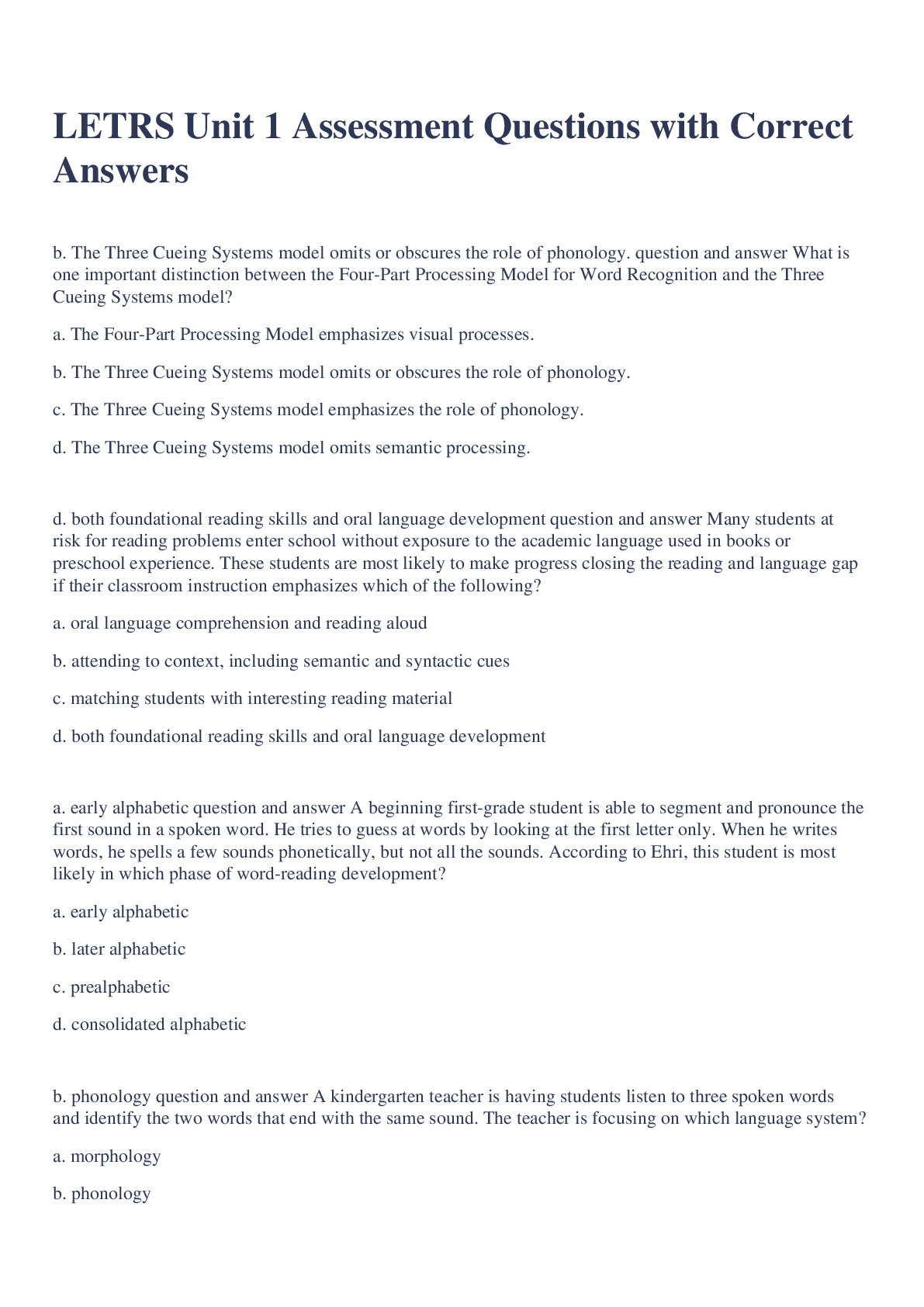

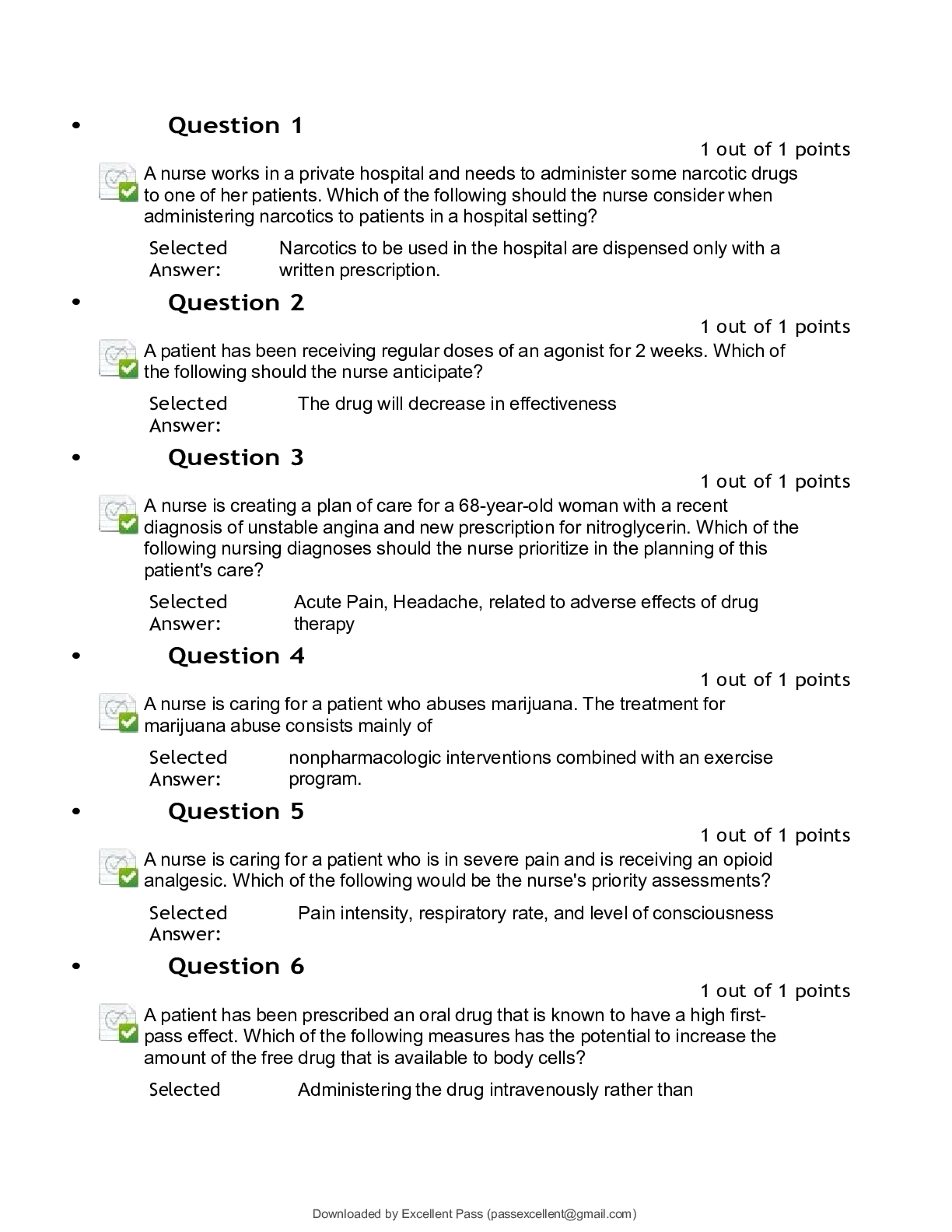

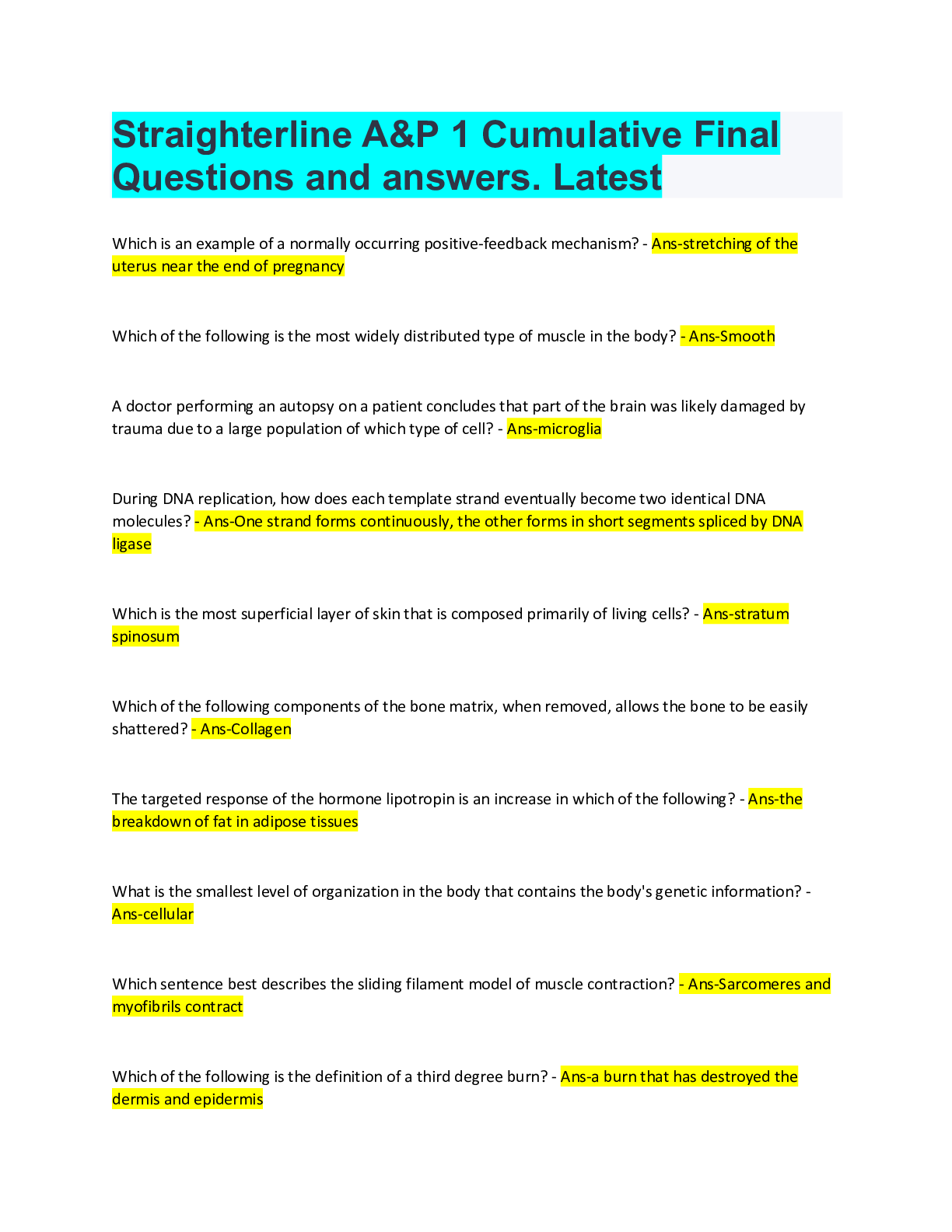

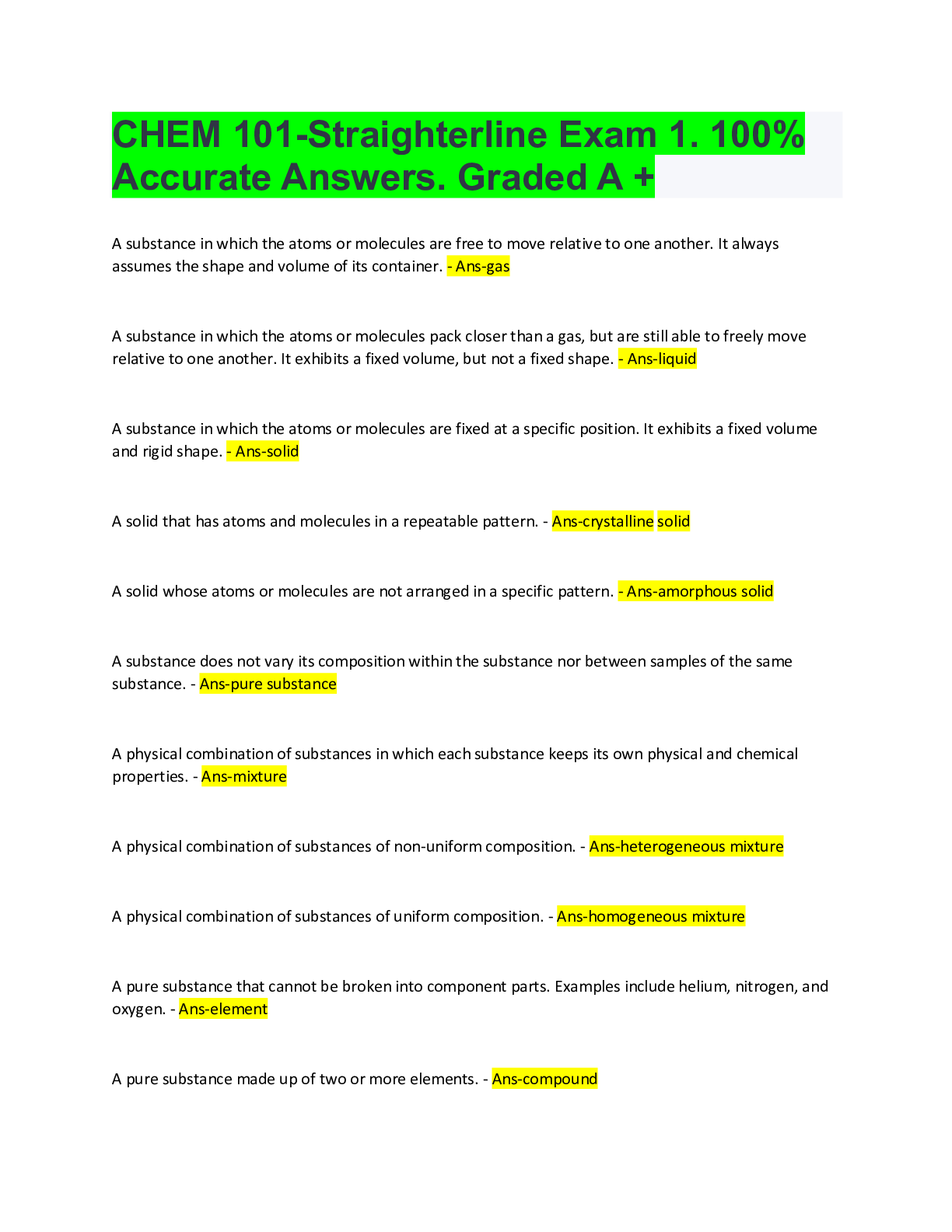
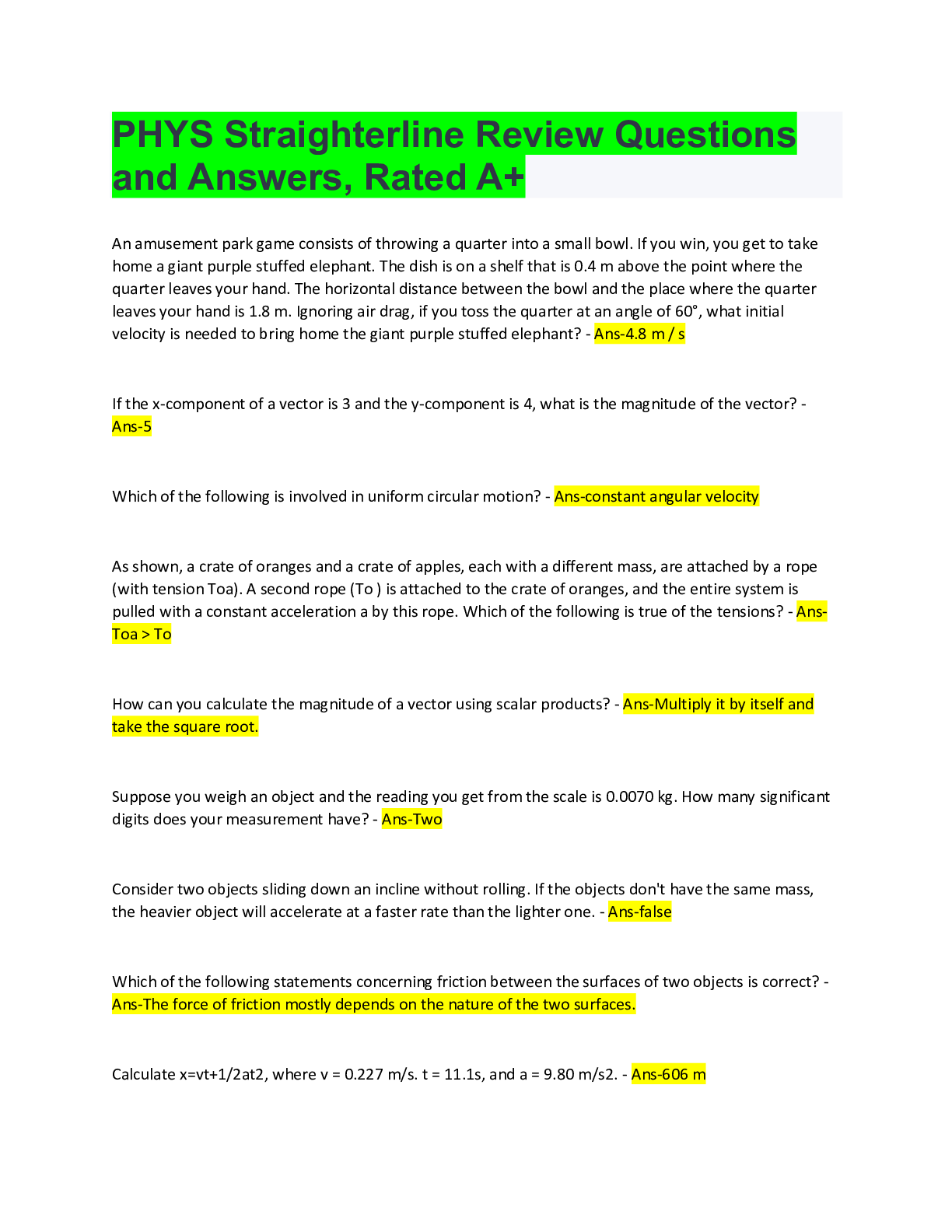
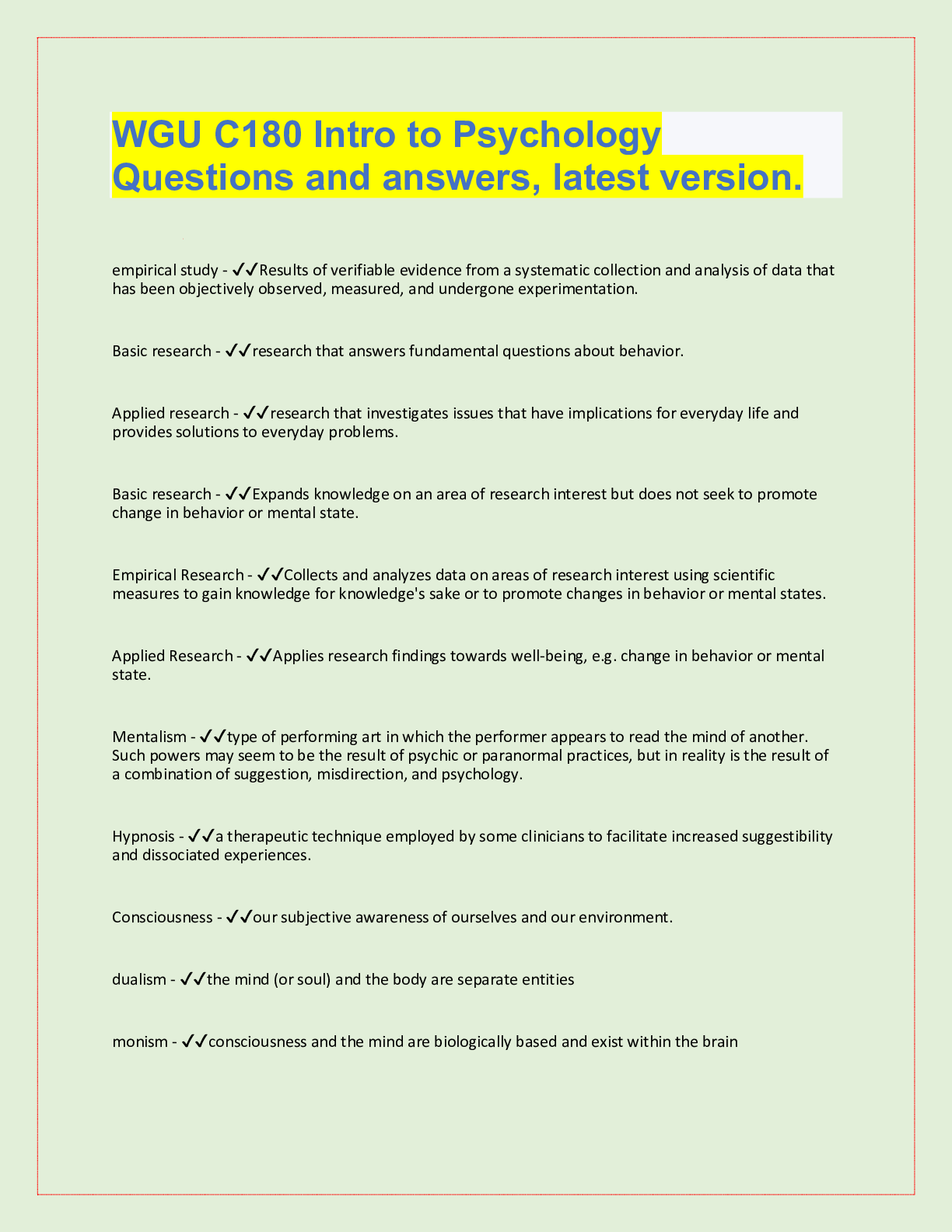

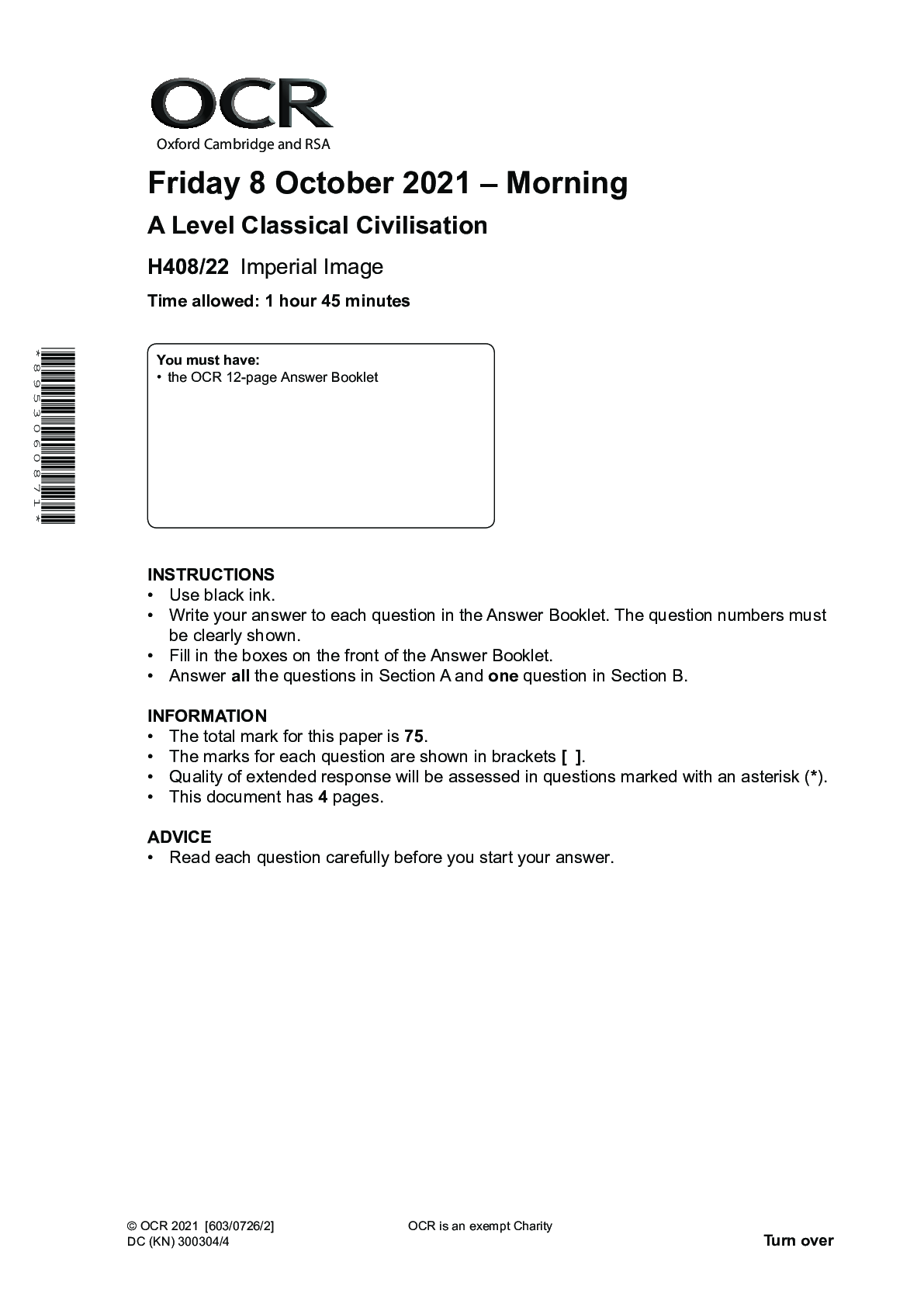
.png)
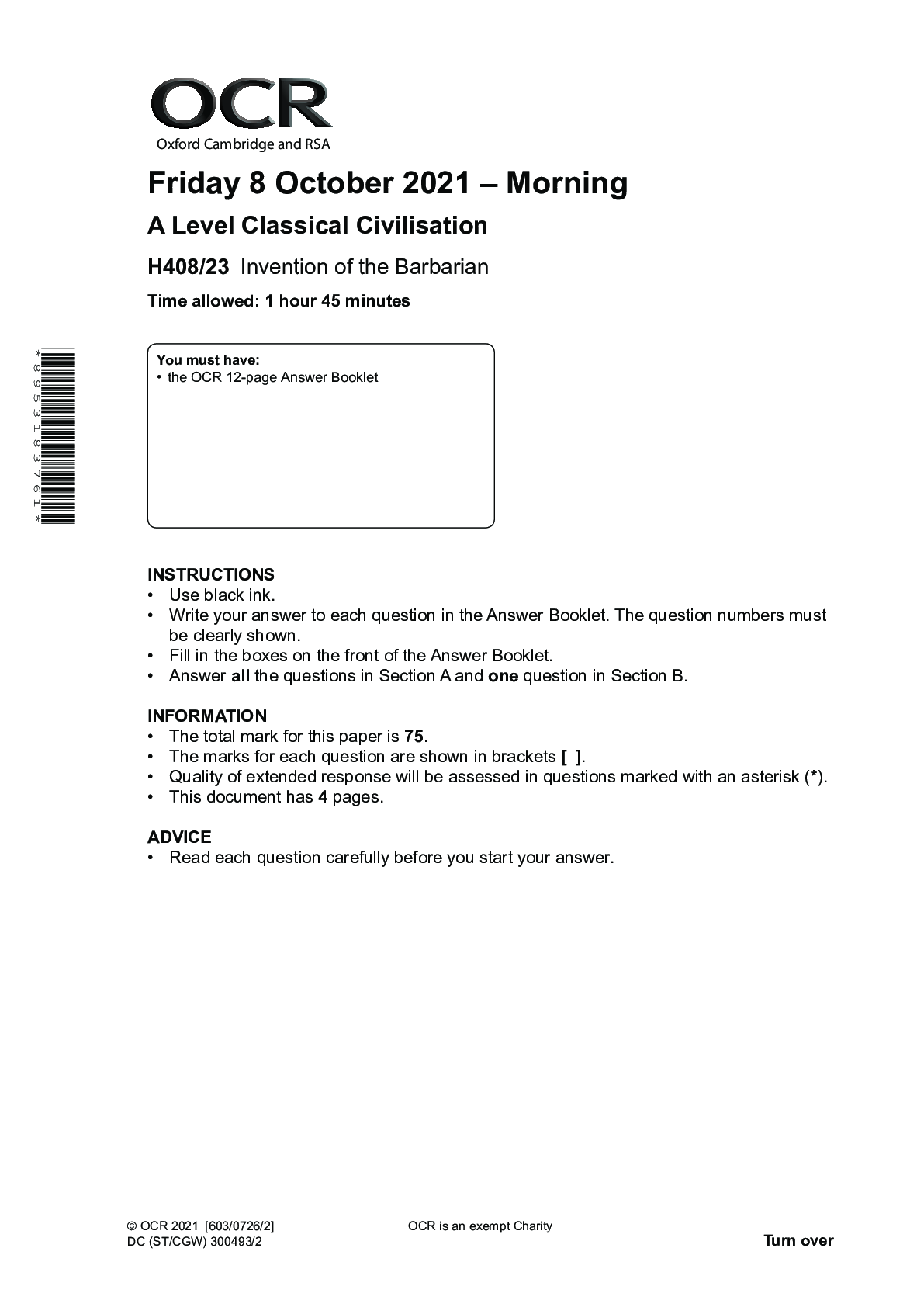
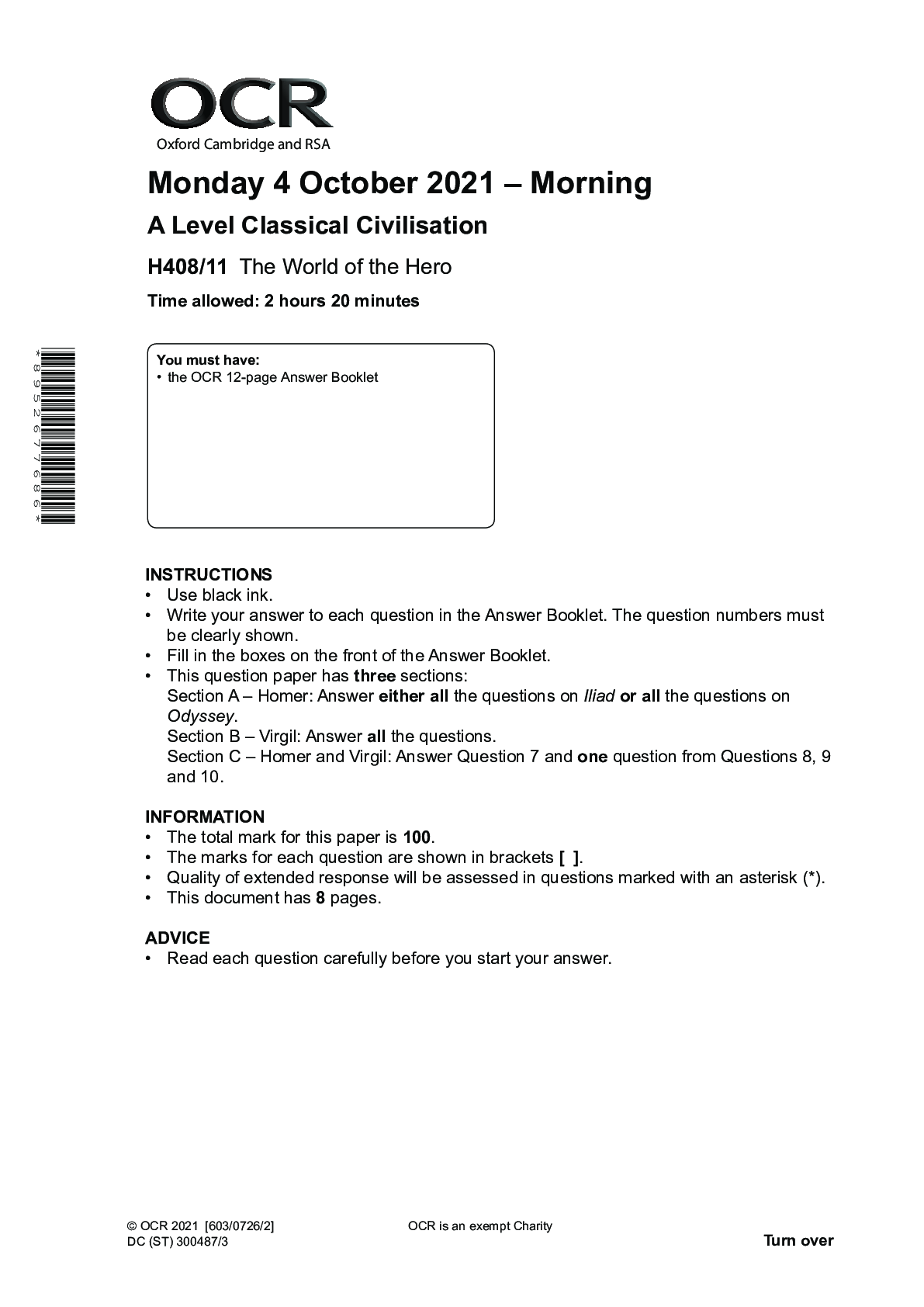
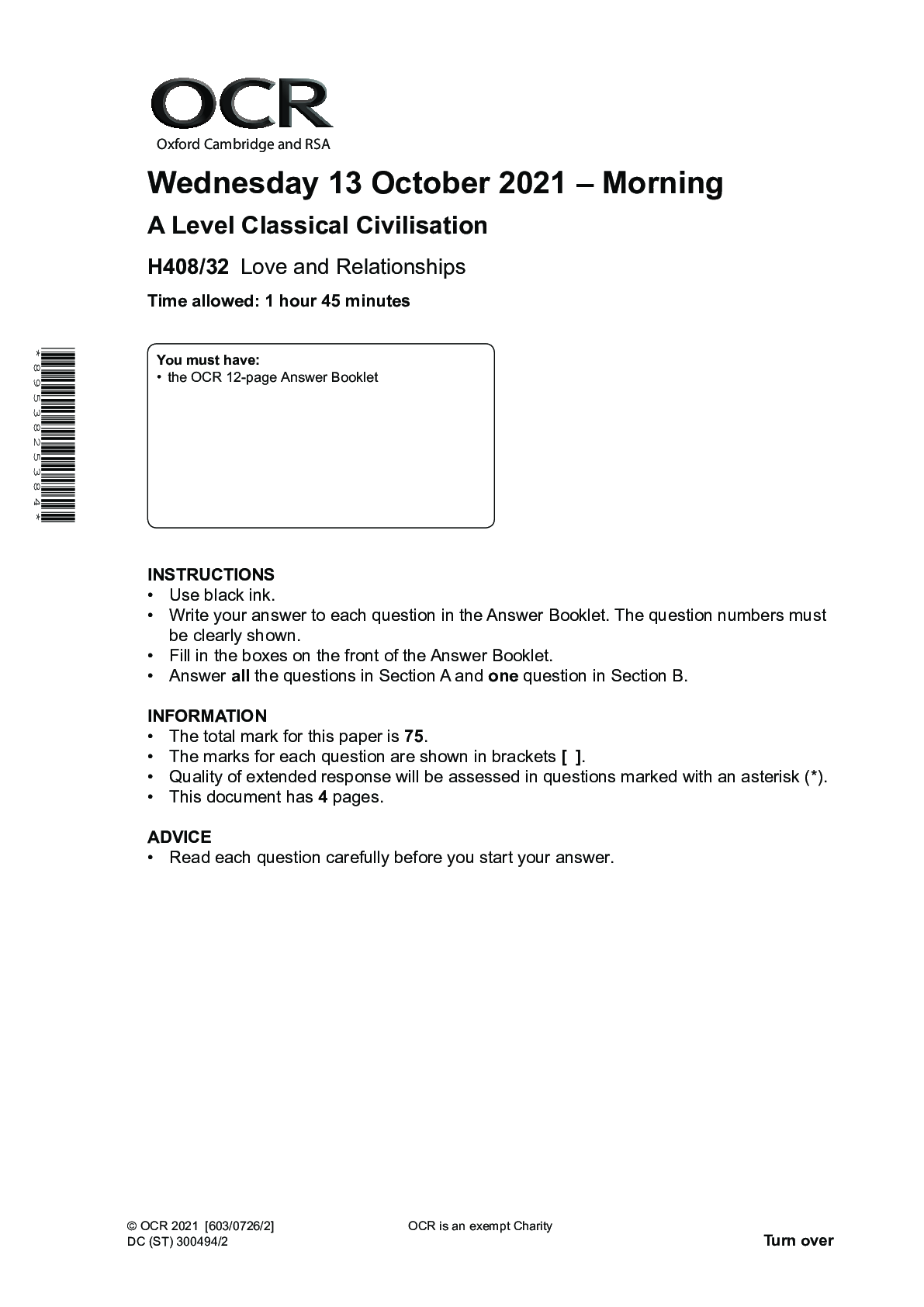
.png)
